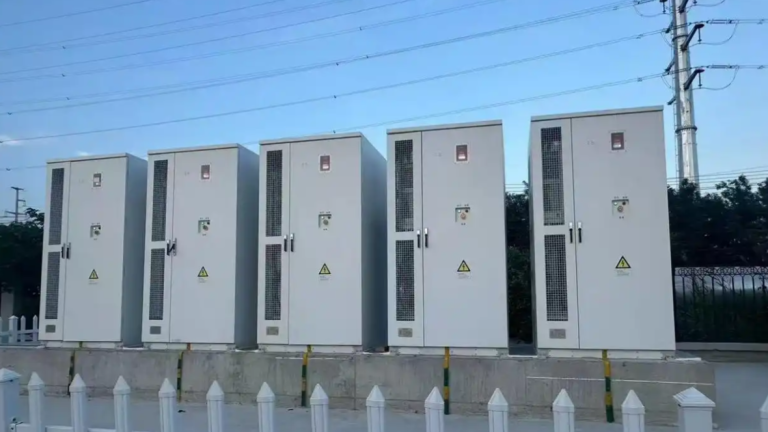One of the biggest challenges for homeowners and small businesses adopting solar + storage is understanding how to size the battery inverter system properly. Oversizing wastes money. Undersizing leaves customers frustrated because their solar energy isn’t fully utilized. Getting the balance right is key to maximizing solar self-use, lowering electricity bills, and achieving energy independence.
This article provides a step-by-step approach to sizing battery inverter systems, explains the core factors to consider, and highlights common mistakes to avoid.
Why Sizing Matters
A solar system without storage often exports surplus energy to the grid when consumption is low. By adding batteries, customers can store that excess generation and use it later (in the evening, during peak tariffs, or in a blackout).
However, the inverter and battery must be sized correctly:
- If too small: The system won’t capture enough solar energy.
- If too large: The upfront investment may not deliver a good payback period.
Step 1: Understand the Load Profile
The first step is analyzing energy consumption patterns. Ask these questions:
- How much electricity does the household or business use daily (kWh)?
- When is the peak usage—daytime, evening, or nighttime?
- Are there any high-power loads (e.g., air conditioning, pumps, ovens)?
📌 Example:
- A home consumes 20 kWh/day.
- Daytime usage (when solar is producing) = 8 kWh.
- Evening/night usage = 12 kWh.
This means the battery should ideally cover 12 kWh daily evening demand.
Step 2: Check Solar PV Production
Sizing must also consider solar system output. A 5 kW solar array produces:
- ~25 kWh/day in sunny regions.
- ~15 kWh/day in cloudy regions.
If the array only produces 15 kWh/day, then a 20 kWh battery will never be fully charged. The inverter-battery pairing should reflect actual solar yield, not just consumption.
Step 3: Match Battery Capacity
A good rule of thumb for solar self-use is to size the battery at 1–1.5x the average evening/night load.
- Small homes: 5–10 kWh battery
- Medium homes: 10–15 kWh battery
- Small commercial: 20–50 kWh battery
This ensures that most solar generation can be stored and discharged without frequent under- or over-capacity issues.
Step 4: Select the Right Inverter Size
The inverter must handle both:
- Battery charging power (absorbing excess solar)
- Load demand power (discharging to cover evening loads)
Guidelines:
- Inverter power (kW) should be close to solar array capacity.
- For self-use, the inverter should also handle peak household demand.
📌 Example:
- Home peak load = 6 kW.
- Solar PV = 5 kW.
- Recommended hybrid inverter = 6 kW (to ensure no bottlenecks).
Step 5: Consider Depth of Discharge (DoD) and Efficiency
Battery usable capacity is less than the nameplate rating:
- A 10 kWh battery at 90% DoD = 9 kWh usable.
- Round-trip efficiency (90–95%) further reduces output.
Always account for these factors in the sizing calculation.
Step 6: Plan for Future Expansion
Many customers start small and expand later. Look for systems that allow:
- Modular batteries (e.g., adding 5 kWh packs)
- Parallel inverters for higher loads
This prevents costly replacements later.
Common Mistakes to Avoid
❌ Oversizing the battery without checking solar generation
❌ Ignoring peak power loads when sizing the inverter
❌ Not accounting for round-trip efficiency losses
❌ Forgetting about customer lifestyle changes (e.g., adding EVs, heat pumps)
Practical Example
- A small business uses 50 kWh/day.
- Solar PV: 15 kW system producing 60 kWh/day.
- Evening/night load: 30 kWh.
Sizing:
- Battery = ~30–40 kWh (to cover evening load)
- Hybrid inverter = 15–20 kW (to match PV and peak demand)
This ensures maximum solar self-use while maintaining flexibility for future load increases.
Sizing a battery inverter system for solar self-use requires balancing load demand, solar generation, and cost-effectiveness. By carefully analyzing consumption patterns, matching PV output, and planning for growth, customers can achieve higher self-consumption rates and shorter payback periods.
For integrators, clear sizing guidance is a powerful sales tool—helping customers avoid frustration and maximize ROI.









